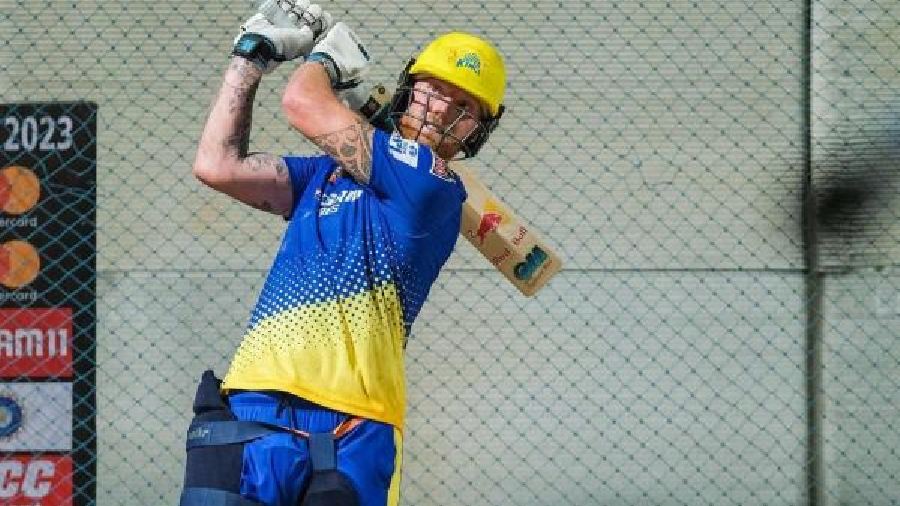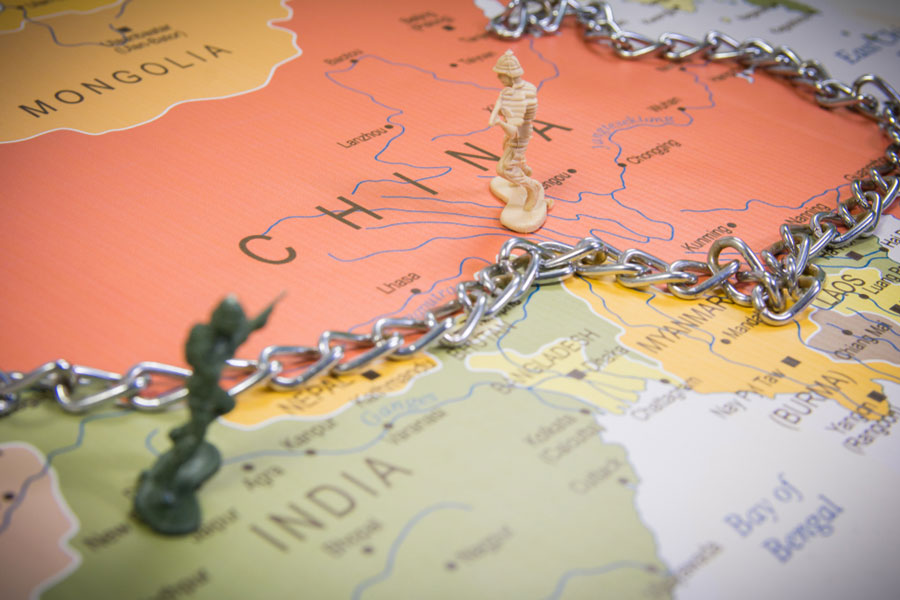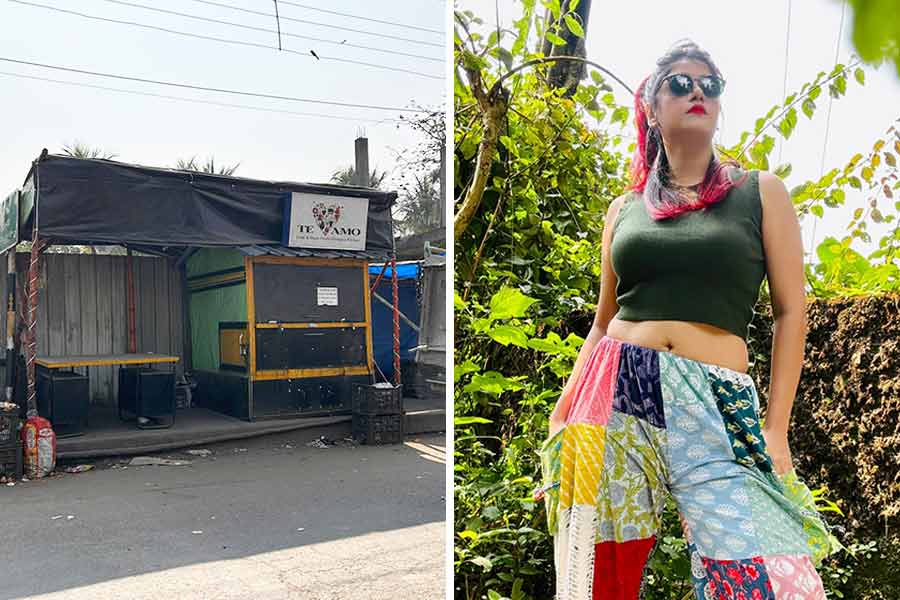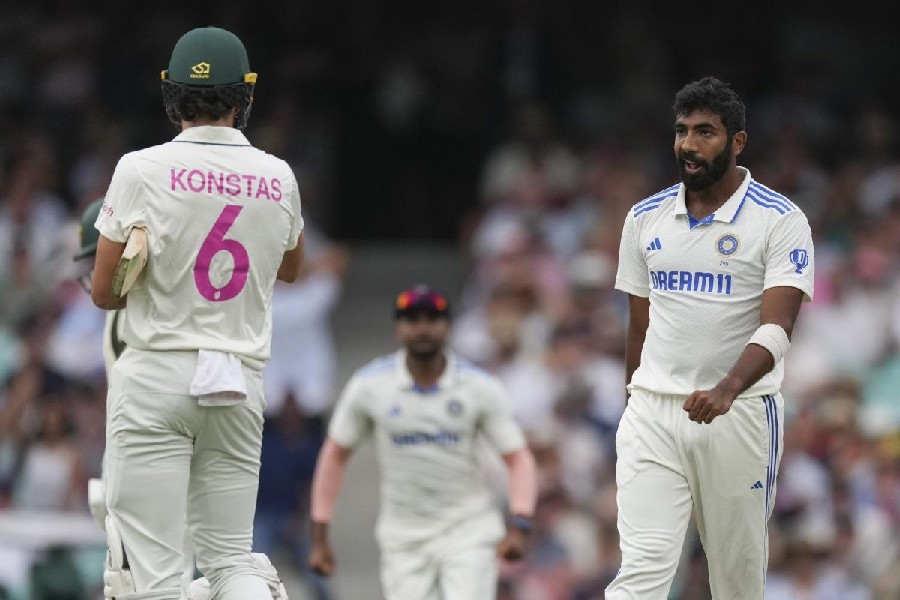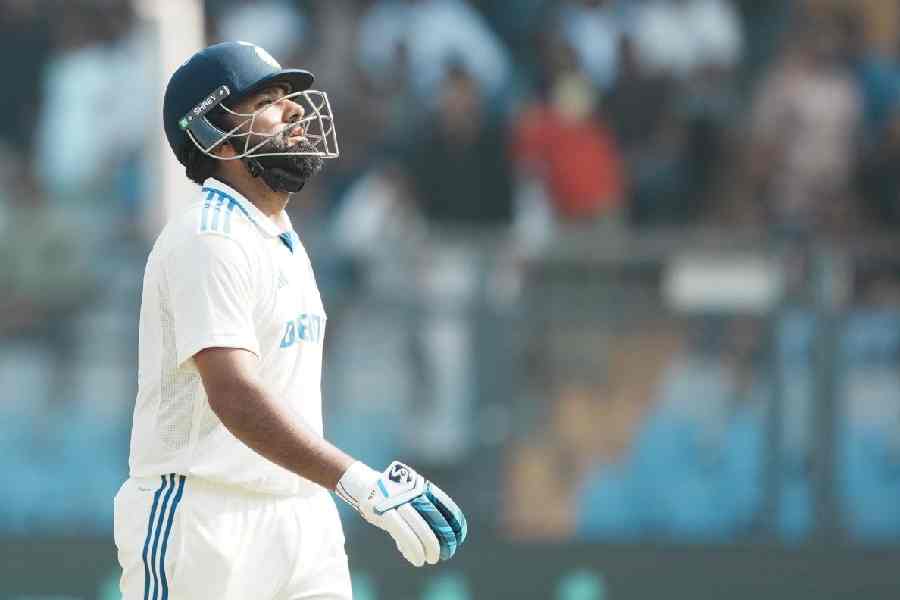Cricketers today earn more than ever before, their salaries the envy of generations past. At this year’s Indian Premier League, Ben Stokes will earn pounds 1.6 million (Rs 16.25cr), Sam Curran pounds 1.85 million (Rs 18.5cr) and Harry Brook pounds 1.3 million (Rs 13.25cr) — all, of course, in addition to their England contracts.
And yet, as they represent their franchises in India, IPL stars can all consider themselves substantially underpaid. Were they paid what they were worth — compared with the norms in global sports leagues — Stokes, Curran and Brook would all stand to make around pounds 5 million (Rs 50cr) per IPL season.
In most sports leagues, players earn at least pounds 1 for every pounds 2 that the league makes in total overall revenue. In the NBA, NFL and Major League Baseball, the three biggest US sports leagues, players all get at least 48 per cent of the league’s revenue. In football’s Premier League in 2020-21, clubs spent 71 per cent of their revenue on player wages, according to Deloitte.
But in the IPL, this basic rule — that players will earn at least half of the league’s revenue — does not apply. From this year, all 10 franchises will receive pounds 48 million (Rs 487cr) a year. On top of this, franchises can expect to earn at least another pounds 5 million (Rs 50cr) in gate revenue, sponsorship and merchandise sales, says K. Shriniwas Rao, the editor of Sports Network18 and an expert on IPL finances.
Yet only a puny share of this reaches the players. This year, each franchise has a salary cap of pounds 9.5 million (Rs 95cr). That equates to just 18 per cent of the total revenue of the lowest-earning franchises; it is an even smaller share for those such as Mumbai Indians.
In any other major sports league, players would stand to earn three times as much.
The small proportion of revenue that finds its way to the cricketers has huge consequences for lower-paid squad members. All players lose 20 per cent of their fee, on a pro-rata basis, if they do not play a game.
Also, very little IPL revenue reaches the countries that produce overseas talent. For each player signed, national boards receive a payment equating to 10 per cent of the player’s salary.
The IPL’s salary cap is the central mechanism for keeping down the figure that players earn. Without it, IPL owners — a group including the Ambani family and many of India’s richest individuals and companies — would be free to keep on bidding against each other for players. If they could, the share of revenue that players earned would rise to at least 50 per cent, says sports economist Stefan Szymanski.
Yet the real reason that the IPL can keep the proportion of salaries that players earn so low is that cricketers have no alternative. In American leagues, which also enforce a salary cap, there are strong player unions. There have been owner-player stand-offs and even strikes as players have fought for their share. The leagues have also learned that if they do not pay players a reasonable proportion of revenue, they can leave themselves vulnerable to competitors.
The IPL does not have these problems. While the Major League Baseball Players Association led the fight against the reserve clause, which had held down players’ salaries by effectively barring free agency, and which was abolished in 1975, player unions are still barred in India.
There are now 10 IPL franchises, rather than eight, but the share of total league revenue that will go to players is now less than in the 2018 to 2022 cycle. But as players will still earn more overall, any dissent is likely to be minimal: arguments about money tend to be less vicious when the pie is increasing, rather than shrinking.
“IPL owners want to set the salary cap at a level which is more attractive than any plausible alternative for players,” says Szymanski. “That’s all that matters. What they don’t want is a strong T20 league to emerge as competitor.”
If players ever grouped together to challenge the salary cap or to be free to move during an IPL cycle, Szymanski believes that they would have a fighting chance of being successful. But the risk of a player defeat would be significant, with courts sympathetic to the argument that a salary cap stops one team from dominating.
In a short career, players have little incentive to bring a legal challenge that could make them pariahs. Consider Jean-Marc Bosman, architect of the eponymous ruling in 1995 that freed footballers to move clubs when out of contract. The Belgian’s legal case cost him five years of his career, and after he was eventually victorious, he never played again. While his case went on to earn footballers many millions, not so Bosman, who ended his career in financial difficulties.
If the IPL’s share of revenue for its players ever does fall in line with other sports leagues, then the competition’s effect on the international game will become even greater, too.

